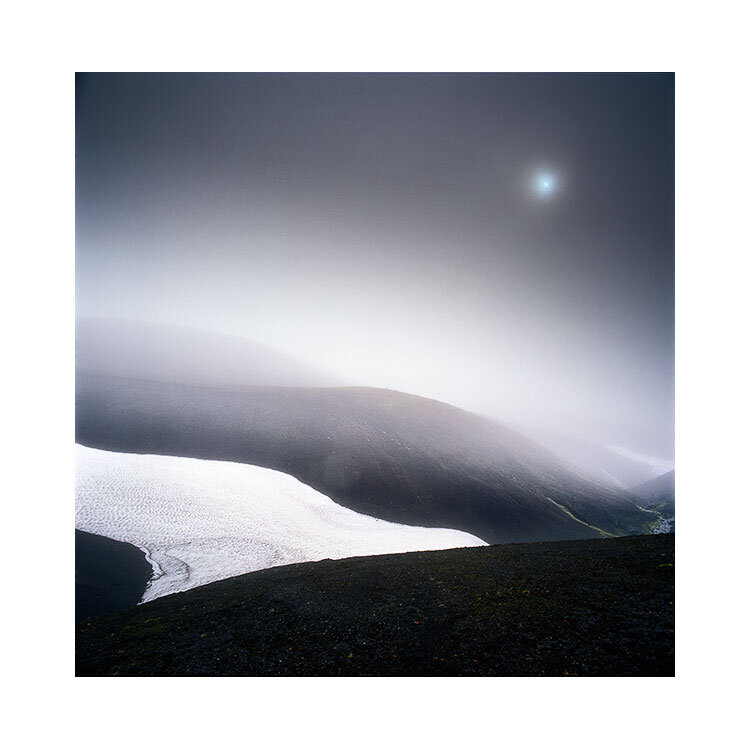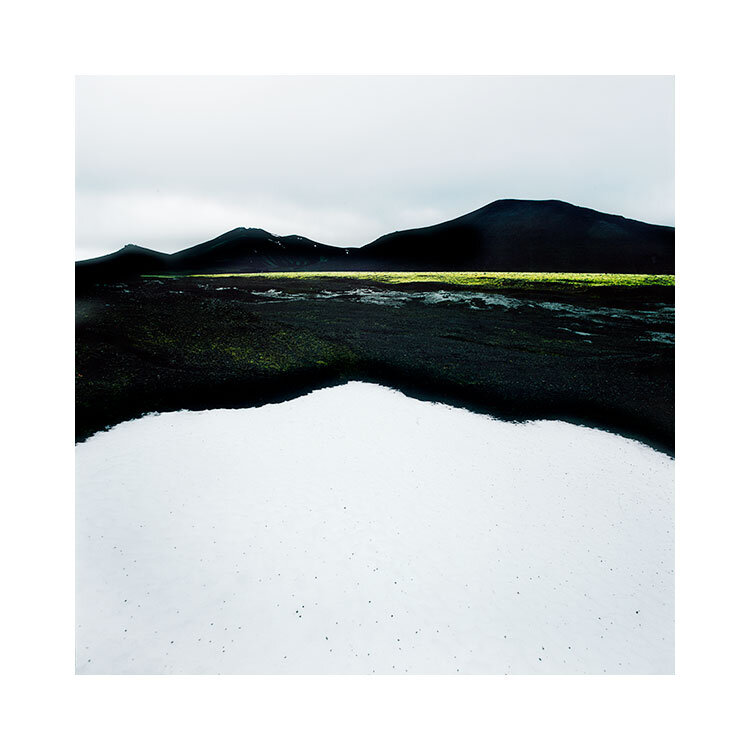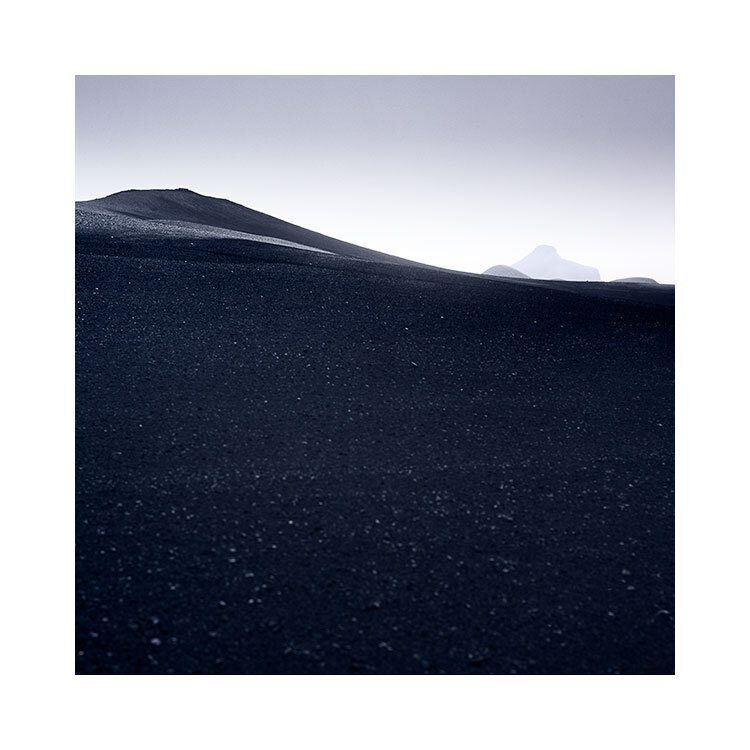Today I was image selecting for my forthcoming Hálendi book.
I had already made a rough sequence of the images for the book, but today’s task was to dig out the master PSD files, and collate them.
And here are some of them. Badly named I might add.
I have maps of Iceland laid out on my desk, and like a detective, I am piecing together where each of the 100+ photos were made. It is bring back memories, and I am realising that the location of an image may not be where I had thought it was.
Once I have them named, I will need to sequence them. And once I’ve sequenced them, I will need to print each one of them out for review.
And no doubt, I’ll need to fine-tune / optimise them for print. That’s going to take me some time, but I am finished my workshops and tours for this year, so I now have plenty of time to work on this.
Loving it. It’s like a review of sorts. It’s a way of checking in on where I am, and where I have been.






















































